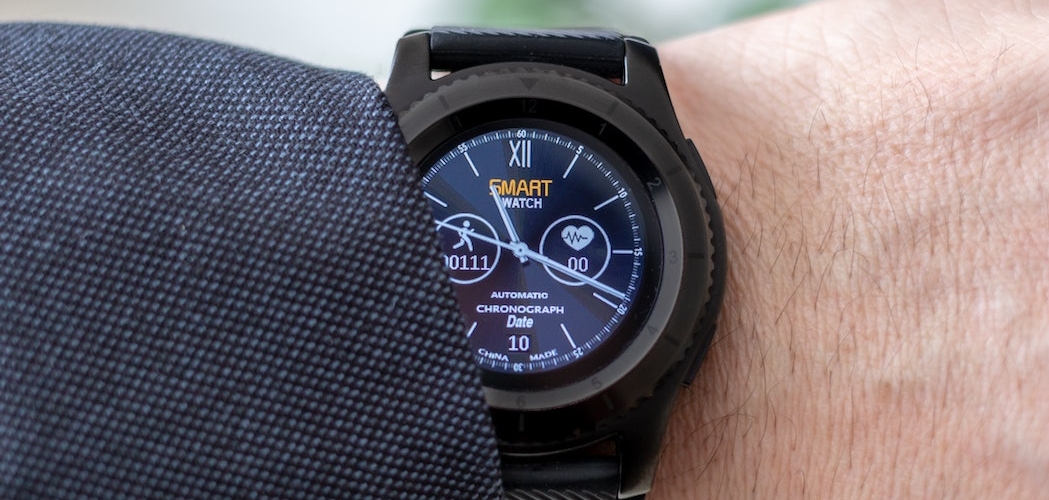Being diagnosed with a serious health condition can be difficult. This is especially true when a diagnosis comes with complex treatment options that require numerous specialists, check-ups, and medications. It can quickly become overwhelming.
In addition, a patient may not be able to make it to countless necessary appointments because of limited transportation or a lack of healthcare providers nearby. Luckily, technology like telemedicine and remote patient monitoring can help patients overcome challenges like these. Bringing care to a patient’s home increases access to essential care and provides more comprehensive care.
Telemedicine also reduces rehospitalization by ensuring that healthcare providers check patients’ vitals regularly. And it gives patients the opportunity to speak to their doctor on an ongoing basis. Limiting the number of visits to hospitals and doctors’ offices can also reduce patient stress and anxiety — encouraging them to be more active in their treatment and wellness.
Telemedicine is often a less expensive alternative to in-patient care, too. Patients can not only save on healthcare, but in some cases, telemedicine makes it possible for them to afford it.
Ease of record keeping
Those who have diabetes know how taxing it can be to keep track of their glucose levels. Checking blood sugar multiple times a day, recording it in a log book, making an appointment to turn it in — it all takes a lot of time. And after that, the patient still doesn’t know if there’s an abnormality until their doctor takes time to review the logs.
With devices like the iGlucose meter from SmartMeter, patients who have diabetes can easily check their glucose levels and instantly upload that data to their account instead of keeping log books. Not only is it easier to keep track of this information, but the patient’s doctor can continuously monitor these records for changes.
This means that doctors can catch abnormalities before they turn into serious problems. When they do catch an oddity, they can use telemedicine to fill a necessary prescription instead of scheduling an appointment and waiting for the patient to come to the office.
Access to appointments
Telemedicine also makes treatment options easier to navigate for patients with mesothelioma, a rare cancer. While there is no cure, treatment for mesothelioma often includes chemotherapy, radiation, and surgery. These treatments require regular trips to a patient’s primary healthcare provider as well as to numerous specialists.
If a patient has to arrange for transportation for these visits, it can be difficult to keep up. And sometimes, it can be challenging to find specialists in the area if only a small number of doctors nearby specialize in a rare cancer. Traveling to see these doctors can be expensive and push some patients’ costs far beyond their limits.
Luckily, with telehealth, a patient can easily contact their doctor for a quick check-in, saving a trip to the hospital. This may not seem like a big deal, but when someone needs to see four different specialists throughout the week, it can make a huge difference.
Mesothelioma disproportionately affects seniors because it tends to take 10–50 years before symptoms develop. Due to poor mobility or a lack of transportation, older people typically have the most difficulty getting to appointments, creating a major barrier to receiving care. Telemedicine is changing this by bringing healthcare into seniors’ homes and making sure they’re able to see their doctor.
Continuous monitoring
If a child receives a diagnosis of an arrhythmia, a lot will go through the parents’ minds. Will the child be stuck in a hospital? What will their quality of life be if the arrhythmia isn’t corrected? The doctor will probably explain that the condition isn’t life threatening, but that they need to watch the child closely. This is another way remote patient monitoring is improving access to healthcare and quality of life for patients.
Cardiac telemetry enables continuous remote monitoring of the heart for dramatic changes in its rhythm. A remote electrocardiogram (ECG) can constantly observe a person’s heart. This method of monitoring is similar to being hooked up to a cardiac monitor in a hospital but without all the wires.
The remote ECG sends information to a centralized monitoring computer where nurses and doctors are able to continuously keep track of the child’s heart rhythm. By doing so, they can catch the slightest abnormality immediately, leaving nothing to chance.
Knowing that their child is safe at home and living comfortably won’t cure the anxiety that comes with an arrhythmia diagnosis, but hopefully it will bring parents peace of mind because they know their child will get the care they need as soon as the ECG sounds the alarm.
Transforming access
Telemedicine and remote patient monitoring are transforming access to healthcare, improving the well-being of patients, relieving some of the anxiety patients and their families feel, and bringing access to remote communities. Just a few decades ago, it would have been hard to imagine that patients would be able to receive healthcare over the internet. And it’s difficult to fathom what technology will provide access to next.

















































Send Comment: